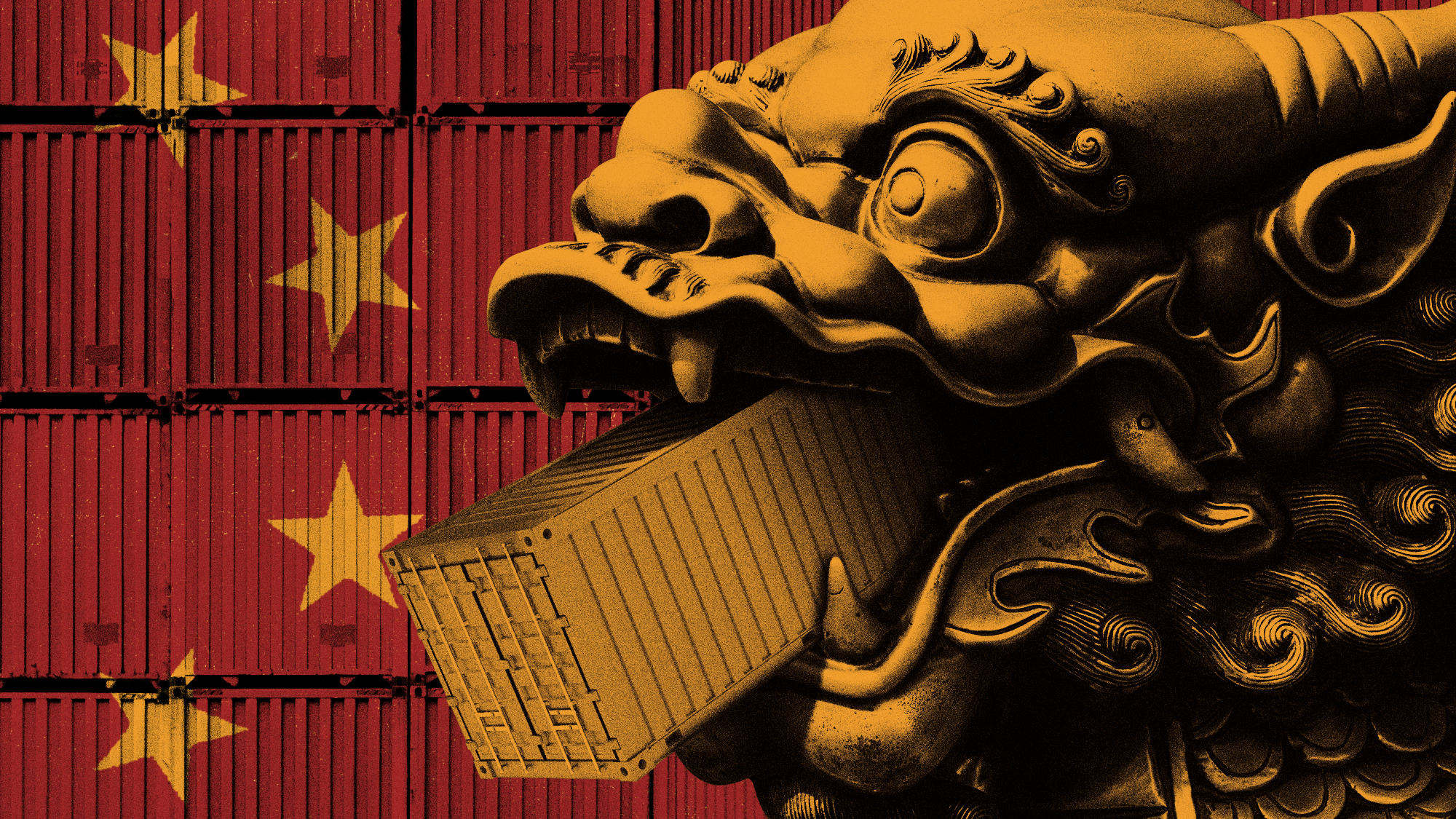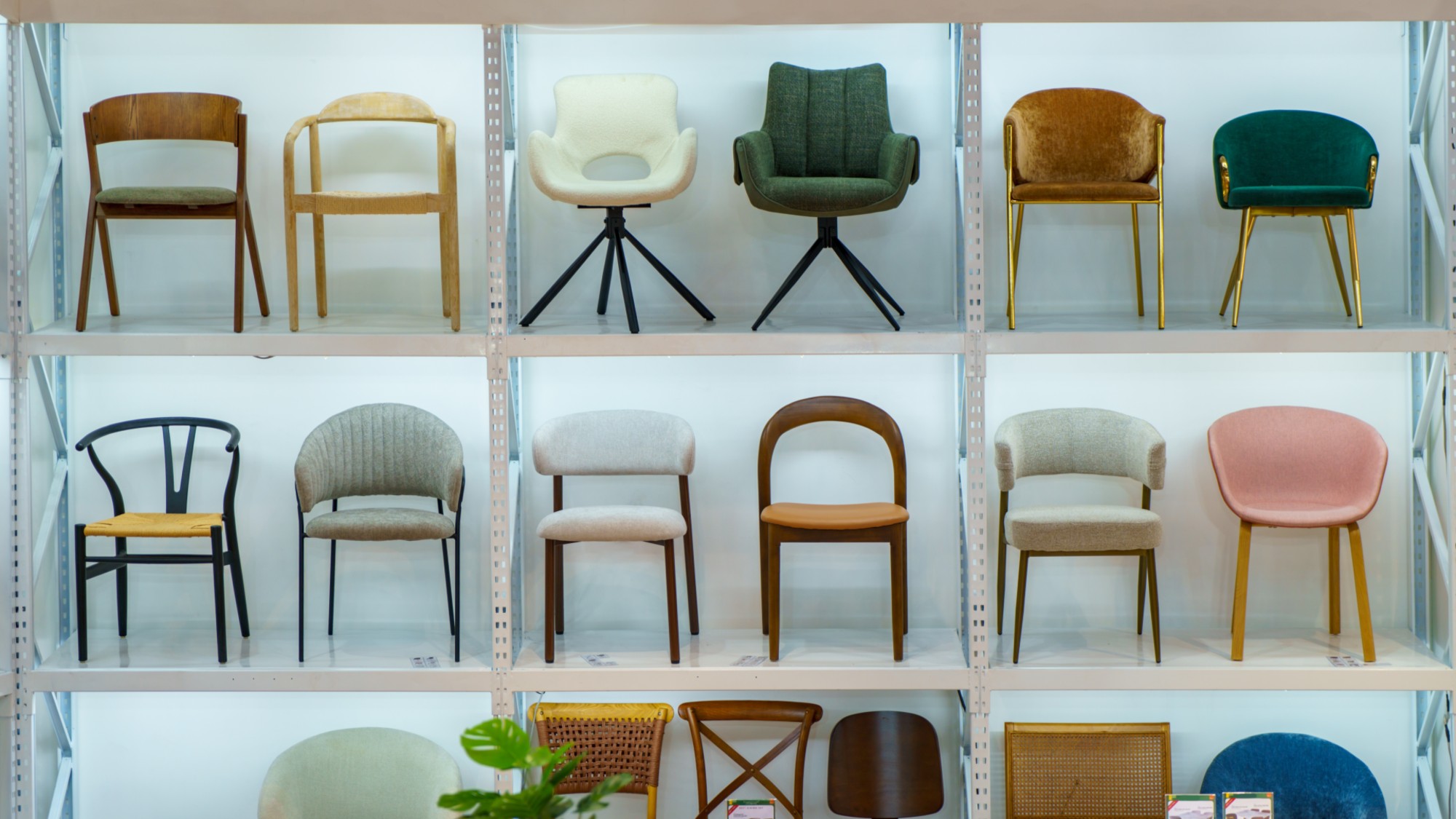Big Tobacco in court
Attorney General John Ashcroft recently announced that the federal government wanted to settle its lawsuit against the tobacco industry. But lawyers for the giant cigarette makers still worry about a blizzard of lawsuits. Will lawsuits topple Big Tobacco?
Why is the tobacco industry worried?
For decades, tobacco companies convinced juries and judges that smokers made a free choice to smoke after being warned about the health dangers of cigarettes. But in the 1990s, tobacco producers were forced to hand over documents proving that the industry knew that nicotine turned a smoking habit into an addiction. The most damning documents showed that companies experimented with nicotine levels, which helped them produce more addictive cigarettes.
What exactly did the documents say?
The Week
Escape your echo chamber. Get the facts behind the news, plus analysis from multiple perspectives.

Sign up for The Week's Free Newsletters
From our morning news briefing to a weekly Good News Newsletter, get the best of The Week delivered directly to your inbox.
From our morning news briefing to a weekly Good News Newsletter, get the best of The Week delivered directly to your inbox.
One major cigarette maker, Brown & Williamson, deliberately developed a strain of tobacco with double the natural nicotine level. The lawyers going after the manufacturers said the documents indicated that the company used the genetically altered tobacco from 1983 to 1994, in such brands as Viceroy, Lucky Strike, and Raleigh. R.J. Reynolds and other companies also looked into ways to genetically modify tobacco leaf. In September 1999, the Clinton administration sued the tobacco industry under racketeering statutes, charging that companies conspired to hide the dangers of smoking while making a potentially fatal habit even more addictive.
Why does the Bush administration want to settle the suit?
Attorney General John Ashcroft has never been a supporter of the lawsuit, and Justice Department lawyers say there’s a danger that a judge might toss out the entire case. A federal judge last year threw out one major part of the government’s case, ruling that there was no legal basis for holding tobacco companies liable for billions of dollars in Medicare costs. The court is expected to rule in August on another government charge, that the industry violated racketeering laws by conspiring to hide the dangers of smoking from the public.
What about private lawsuits by smokers?
A free daily email with the biggest news stories of the day – and the best features from TheWeek.com
Emboldened by the release of tobacco-industry documents, sick and dying smokers are lining up to sue the companies, and juries are starting to agree with their demands for damages. Jurors awarded a single cancer-stricken smoker in California $3 billion in punitive damages just weeks ago. In Florida last year, thousands of sick smokers won a class-action lawsuit against the nation’s biggest cigarette makers; their $144 billion award was worth as much as many of the corporations they sued. The companies say they’d be destroyed by these awards, and have successfully fought them so far through appeals.
Are the cigarette companies still making money?
Plenty. Philip Morris, the industry’s world leader, posted record tobacco profits of $10.6 billion last year. With a 91 percent increase in its share price in one year, Philip Morris was the Dow’s top performer. The second and third biggest tobacco companies, R.J. Reynolds and British American Tobacco, also had record profits.
Why have tobacco stocks rebounded?
Most financial analysts who follow the industry say they believe the threat of government lawsuits has passed, and that lawyers will be able to keep private lawsuits tied up in court or get them thrown out on appeal. The cost of the tobacco settlements added 58 cents to the cost of a pack of cigarettes, but the higher prices appear to have left smokers unfazed. The average pack has jumped from $1.74 in 1997 to $2.95 now. Consumption fell 2 percent last year, but the price hikes more than made up for the lost revenue.
Will smoking eventually die out, due to social pressure?
There’s little reason to believe so. There was a sharp decline in the number of smokers in the 1980s and 1990s, from 33 percent of Americans in 1979 to 24 percent two decades later. But the decline has leveled off since 1995, signaling steady demand in the next few years. Currently, 26 million men and nearly 23 million women smoke, according to the American Heart Association. Smoking is actually becoming more prevalent in some segments of the population, including high school girls. About 30 percent of girls smoke by their senior year in high school. Among women between 18 and 24, the percentage who smoke has risen from 22 percent to 25 percent over the past six years. Young African-American men are another target group: About 20 percent of black men between 18 and 24 smoke, up from 15 percent in 1995. Teenagers of both genders and all races are trying cigarettes at an increasing rate. Every day, some 6,000 youngsters under 18 try their first cigarette, and 3,000 additional kids graduate from occasional use to habitual, daily smoking.
What is the future of the tobacco industry?
Some industry leaders believe they can find shelter from future lawsuits in a regulated partnership with the federal government. In a complete about-face, Philip Morris is now lobbying hard for legislation that would let the U.S. Food and Drug Administration regulate tobacco products. The Supreme Court ruled last year that the FDA had no right to meddle with the industry, but several bills have since sprouted up in Congress that would give the agency that authority. Critics charge that tobacco-friendly politicians are simply trying to protect the industry by shifting some responsibility to the government. Philip Morris spokeswoman Peggy Roberts said the industry must put its future in the hands of the government if it is to have one at all. “If we don’t work to address society’s concerns about our business,” she said, “we could be litigated, regulated, or legislated out of business.”
A $246 billion debt
-
 How will China’s $1 trillion trade surplus change the world economy?
How will China’s $1 trillion trade surplus change the world economy?Today’s Big Question Europe may impose its own tariffs
-
 ‘Autarky and nostalgia aren’t cure-alls’
‘Autarky and nostalgia aren’t cure-alls’Instant Opinion Opinion, comment and editorials of the day
-
 Japan’s Princess Aiko is a national star. Her fans want even more.
Japan’s Princess Aiko is a national star. Her fans want even more.IN THE SPOTLIGHT Fresh off her first solo state visit to Laos, Princess Aiko has become the face of a Japanese royal family facing 21st-century obsolescence